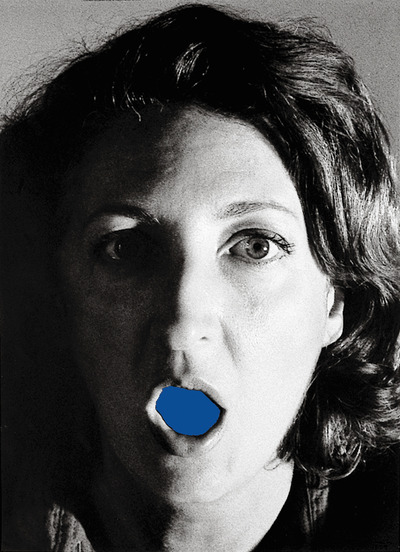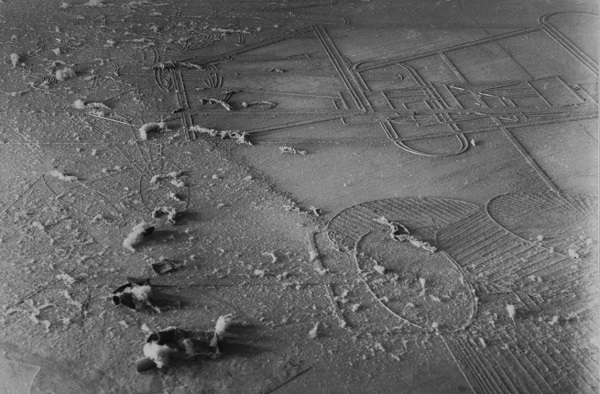
Helena Almeida, A casa [The House], 1979, 40x29cm. Coll. Mario Sequeira
’s exhibition, shown in Porto at the
Serralves Foundation (October 17, 2015 – January 10, 2016) under the name “My work is my body, my body is my work”, is travelling to Paris: it will be presented at the
Jeu de Paume, titled “Corpus” (February 9 – May 22, 2016). Finally, the body is addressed by the contemporary Portuguese art scene, which almost never does so,
focusing instead on the concept, on humor, on history, and thus neglecting embodiment, and the (very few) artists who have made the body the focal point of their work (Helena Almeida,
Jorge Molder also, and the occasional young artist, including Brazilians living in Portugal,
like Lizi Menezes…). And this goes beyond contemporary art: I visited the
Museu Nacional de Arte Antiga with a friend a few days ago, which obviously features bodies in its collections of classical paintings and sculptures –but are those bodies naked? No way! In searching dutifully every nook and cranny of the Museum, I found one and only one
female breast outrageously naked (save for a few Virgins breastfeeding, a few
damned souls in hell, and a tiny
allegory on ivory), by a Dutch painter. No Venuses, no Graces. Granted, this beautiful museum features, on the other hand, some
Bosch, and more daring
temporary exhibitions, but what a strange national puritanism in visual arts, not only concerning nudes but more simply the reluctance to give prominence to bodies (but this is not true for dance or film –if anyone can clue me in…).
Continue reading →



